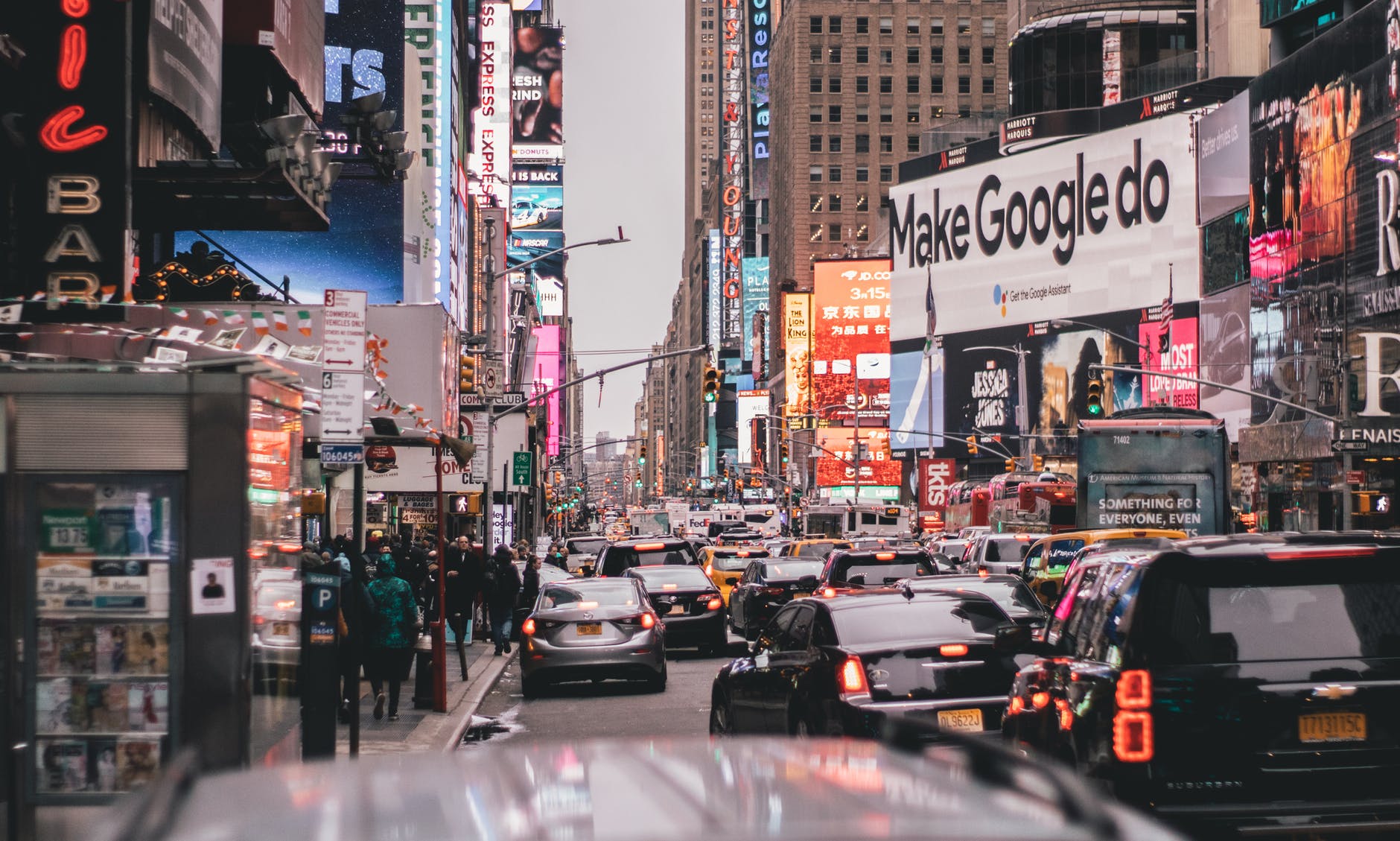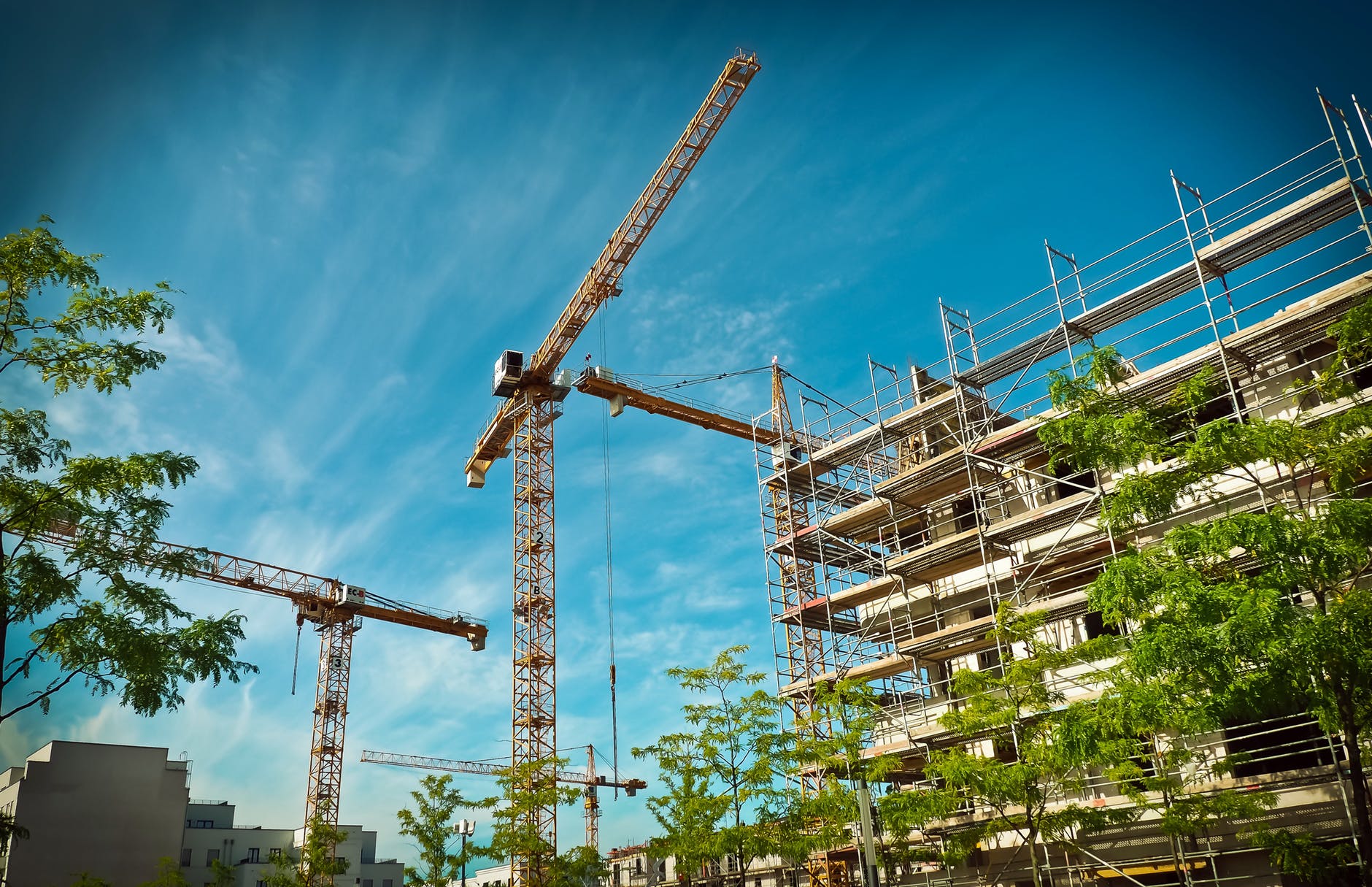What Amazon’s Brick-and-Mortar Mission Means For Retail
Virtually, Amazon is as daunting as the river it shares a name with: by total sales and market capitalization, it’s the largest Internet retailer in the world. Having begun its run in 1994 as a modest online bookstore, the tech giant has expanded rapidly to offer consumer electronics, apparel, furniture, cloud infrastructure, and even streaming services with original movies and TV.
Now, Amazon is expanding its raging waters from the online space into brick-and-mortar retail. After opening a bookstore in Seattle in 2015 and two more in San Diego and Portland, Amazon will reach the east coast later this year with a new store in Manhattan, NY. According to the Wall Street Journal, the 4,000 square-foot Midtown location will be located in the Shops at Columbus Circle just south of Central Park.
The company is also considering a location in the new Hudson Yards development, which would be slated to open in 2018. This is alongside other plans for Amazon Books locations in Chicago and Denham, Massachusetts.
It’s an interesting time for retail to be certain, especially since we’ve seen the mass closing of malls, department stores, and small businesses in recent years. What is it about Amazon that will succeed in a physical space, especially in a world where ecommerce is only slated to rise? And does their move into brick-and-mortar bode well for the world of retail, or signify its demise?
As always, we can only speculate about the answer to these questions. But one certainty about Amazon Books is that it has a future-forward approach to shopping. Instead of listing prices, shoppers use their phones to find the best price online and read reviews. This necessitates that shoppers download Amazon’s app, yes—but on the bright side, doing so gets you the best price possible, and unlocks reviews by real readers instead of just literary critics on the back cover.
Shoppers can check out and search the store for inventory virtually, and are even recognized for being Prime members. It’s the best of both worlds when it comes to book shopping: the convenience of tech plus the physical pleasure of rifling through pages (plus occasionally sniffing them for that classic new-book smell).
Amazon Books is also revolutionizing retail by basing their merchandise on online data culled from sales. According to National Real Estate Investor, “Books in the physical stores are stocked based on titles that have garnered the best sales, popularity on Goodreads, high customer ratings and many pre-orders, according to the company’s website.”
All of this is to say, Amazon’s retail is different than retail of the past, and this may just be the key to retail’s future. Luckily for Amazon, they don’t have to compete with ecommerce because they are ecommerce, but if other brick-and-mortar stores want to get in on the action they may need to take a leaf or two out of Amazon Books.
Integrating mobile devices into the physical shopping experience is one way other retail stores can recreate Amazon’s model, whether through apps or beacon technology. Stores might also consider using data to create a more user-friendly (and Internet-friendly) experience for shoppers. For retailers, embracing technology may be the only way to make Amazon’s presence less stifling, and truly run with the flow of innovation’s ever-moving stream.







